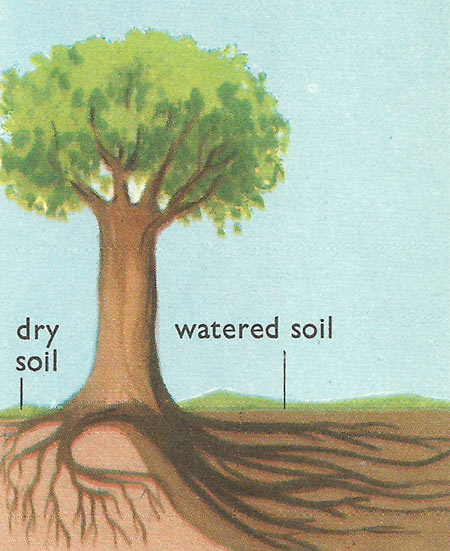chemotropism

Chemotropism (from the Greek chemia, chemistry, alchemy) is the growth or movement of a plant or plant part in response to a chemical stimulus. In positive chemotropism, the movement is toward the chemical; in negative chemotropism movement is away from the chemical. An example occurs during pollination. The ovary releases sugars onto the style of the flower, and these act positively to cause pollen to produce a pollen tube that moves down the style.
Example of chemotropism
Suppose that over a period of time we were to water the soil round a plant on one side only; what would we discover on examining the roots? We would find that all of the roots would have turned in the direction of the watered part of the soil. And the same thing happens if we manure and fertilise soil on one side only. In this way the plant shows that is receptive to the chemical stimuli of water, mineral substances, and carbon dioxide.


